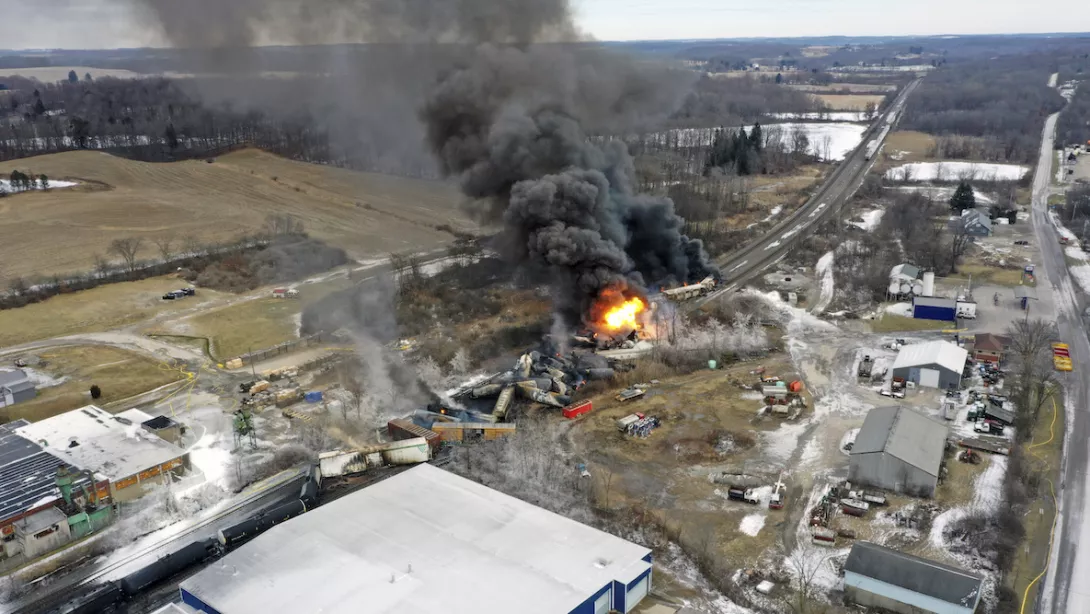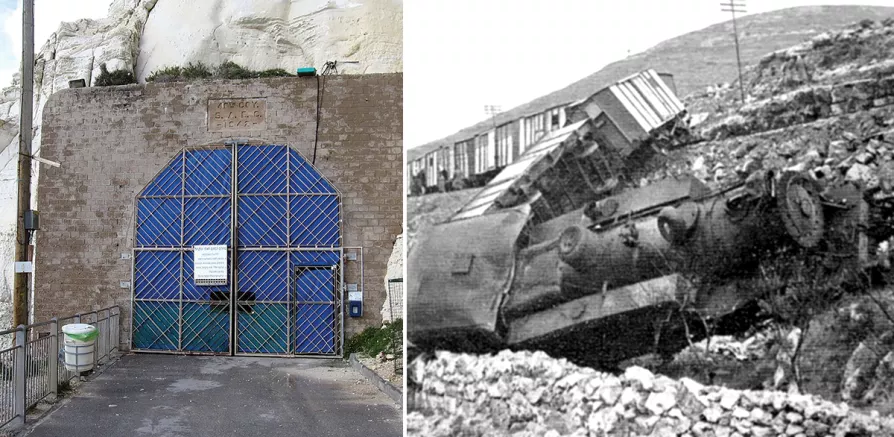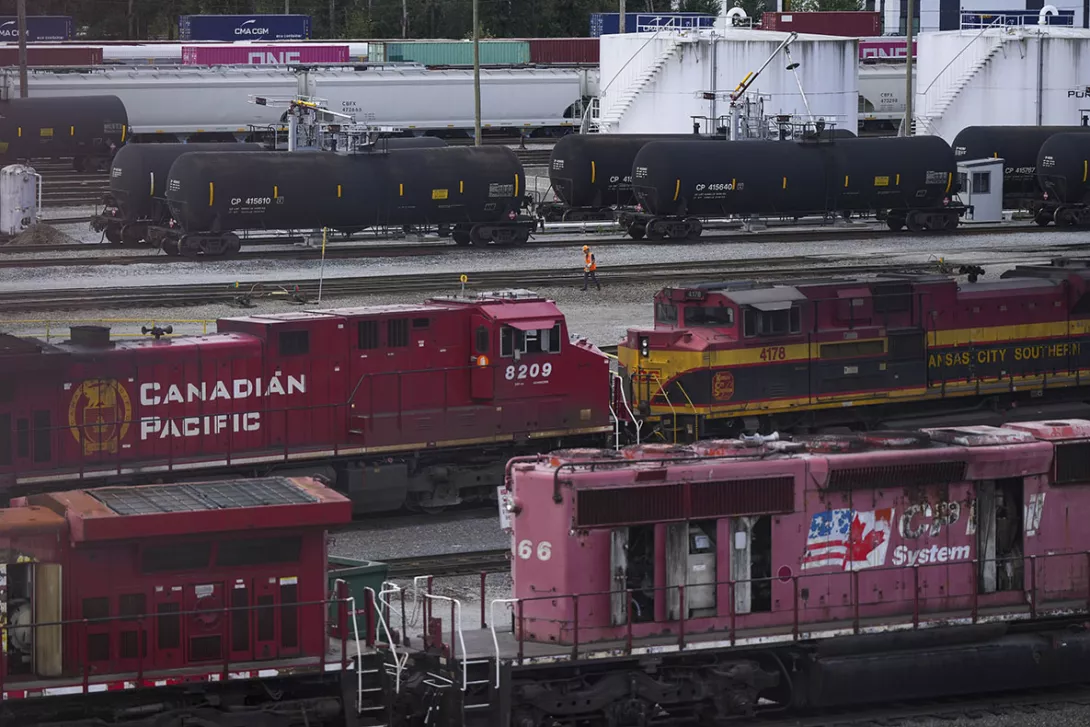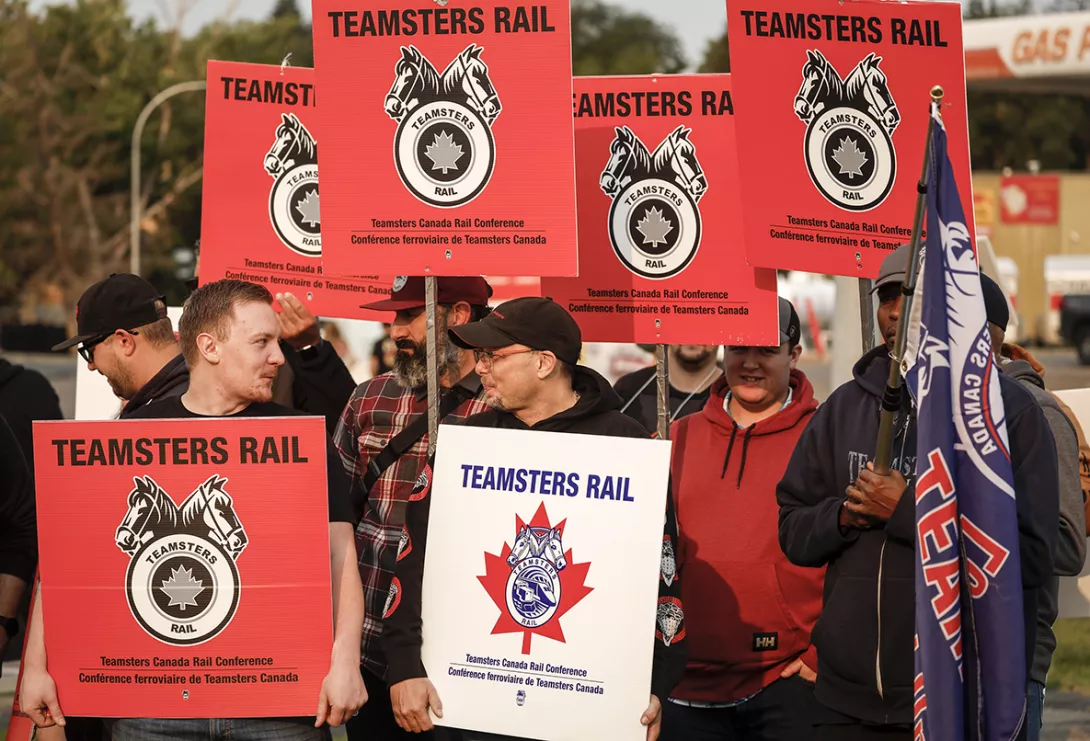
THE controlled burn of toxic chemicals in East Palestine filled the air the residents breathe, and covered the waters in and around town and the soil too with chemicals. Dead fish are floating in the creeks and a frightening smell lingers.
The story unfolding here is shot through with corporate greed. The executives of the criminally negligent railroad company Norfolk Southern (NS) manipulated the political system to maximise profits from that train — and others — to satisfy their Wall Street investors, at the expense of safety, workers and now a small town in Ohio.
It’s a story not just of the wreck of the 150-car, 9,300-foot freight train, where 50 cars jumped the tracks, but the widening variety of toxic chemicals that escaped from them. It’s a story of dying plants, 3,500 dead fish in an Ohio River tributary, and a mass evacuation of the town of 4,700 people.














